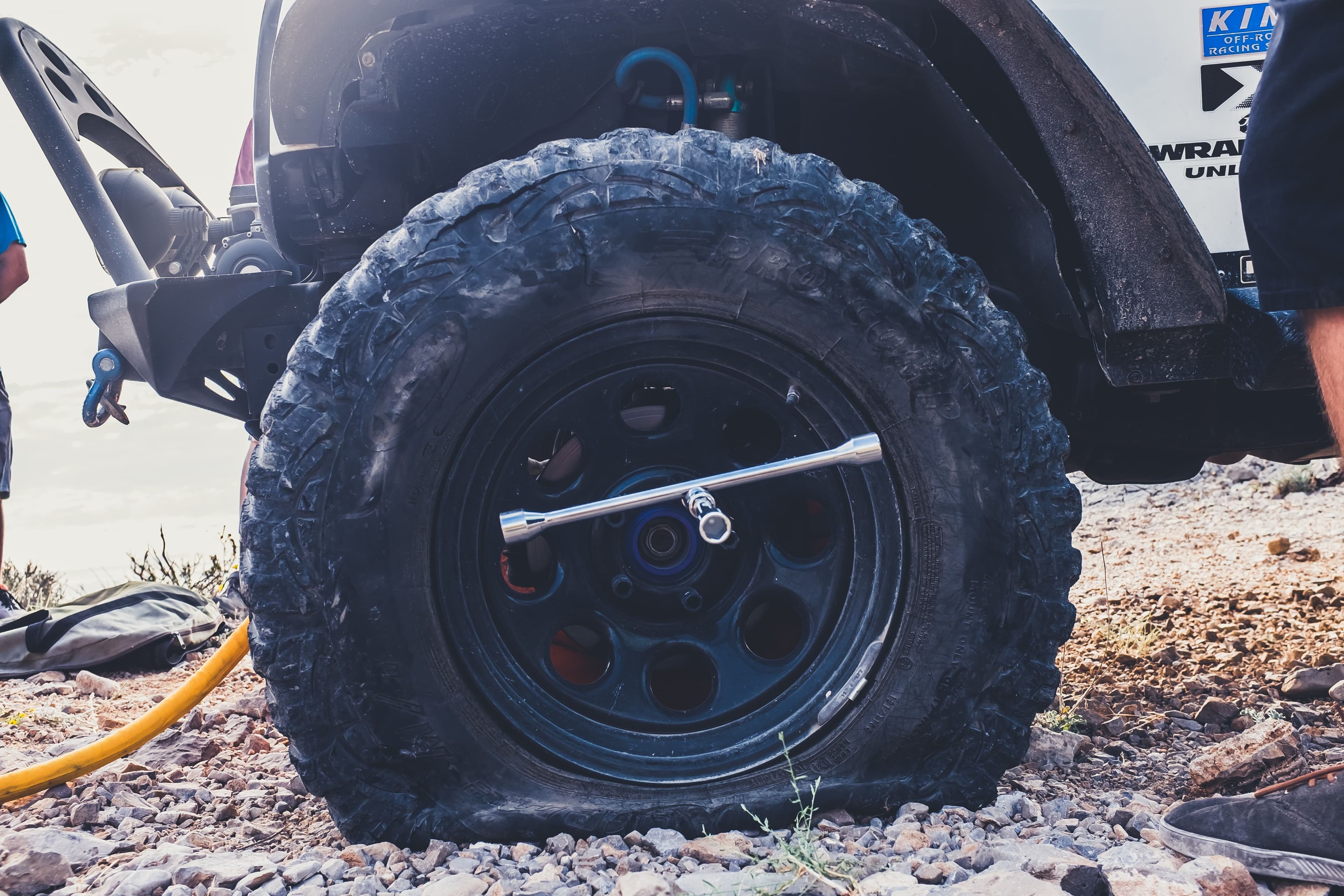A Step-by-Step Guide to Changing Your Car Tire
Changing a tire may seem intimidating if you've never done it before. However, with the proper tools and guidance, anyone can change a tire quickly and safely. In this blog post, we will walk you through each step of the process.
What you'll need:
- Spare tire
- Car jack
- Lug wrench
- Wheel chocks or bricks (optional)
- Gloves (optional)
- Flashlight or headlamp (if changing the tire at night)
Step 1: Find a Safe Location
If you notice a flat tire while driving, pull over to a safe, flat, and stable surface. Avoid soft ground or hills. Turn on your hazard lights and apply the parking brake.
Step 2: Prepare Your Tools and Car
Retrieve your spare tire, car jack, and lug wrench from your trunk. Place wheel chocks or bricks behind the tires that are not being changed to prevent the car from rolling.
Step 3: Loosen the Lug Nuts
Using the lug wrench, loosen the lug nuts on the flat tire by turning them counterclockwise. Do not remove them completely; just break the initial tightness.
Step 4: Jack Up the Car
Consult your car's owner manual to find the appropriate jacking point. Place the jack under the jacking point and raise the car until the flat tire is about six inches off the ground.
Step 5: Remove the Flat Tire
Now that the car is raised, remove the lug nuts completely and set them aside. Carefully remove the flat tire and set it aside as well.
Step 6: Attach the Spare Tire
Lift the spare tire and align the holes with the wheel studs. Slide the spare tire onto the studs, making sure it sits flush against the hub.
Step 7: Secure the Lug Nuts
Hand-tighten the lug nuts onto the wheel studs. Use the lug wrench to tighten them further, but avoid over-tightening. Tighten them in a star pattern, alternating between opposite lug nuts.
Step 8: Lower the Car
Carefully lower the car with the jack until the spare tire is in contact with the ground. Remove the jack and give the lug nuts a final tightening to ensure they are secure.
Step 9: Store Your Tools and Flat Tire
Place the flat tire and all tools back in your trunk. Be sure to get your flat tire repaired or replaced as soon as possible, as spare tires are not designed for long-term use.
Step 10: Check the Spare Tire Pressure
Ensure your spare tire has the proper air pressure by checking it with a tire gauge. Inflate it to the recommended pressure if necessary.
Now you're ready to get back on the road! Be sure to drive carefully and avoid high speeds, as spare tires are not meant for extended use or high-speed driving.
